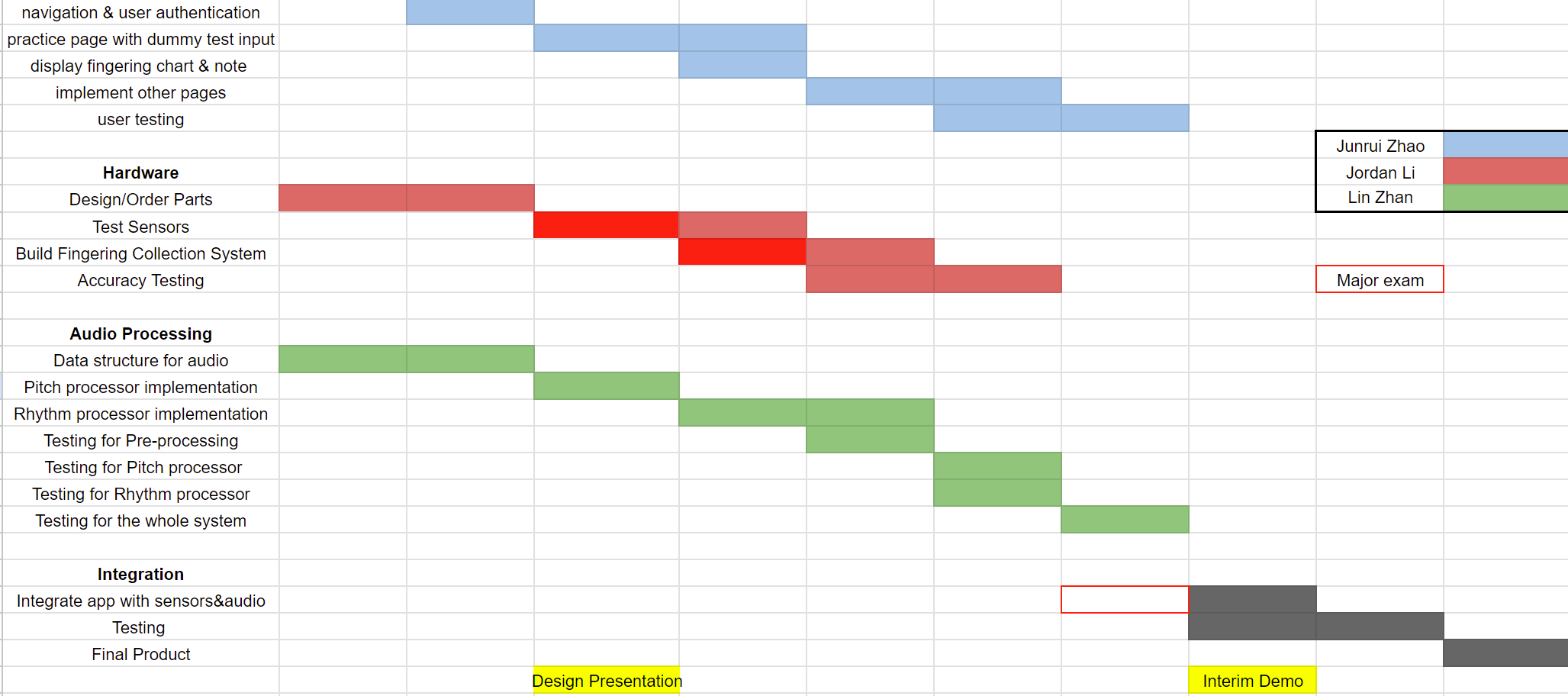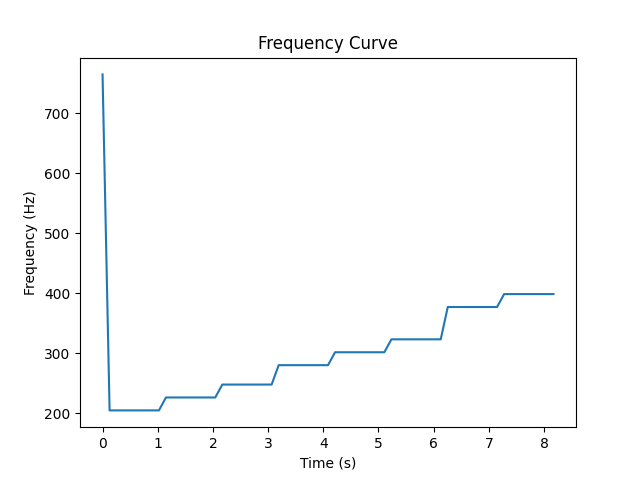This week, I mainly focused on a change of design. I changed the cable used to connect the sensor to the mainboard from normal wires to DuPont-style connectors, which are easier to work with, as well as easier disassembly. I measured the distances between the keys and the board, as well as estimated the magnet location to ensure proper detection. Assembly onto the saxophone will begin once the new wires arrive, and this will be my task for next week.
The software is also coming along, and as a team we will also decide the format of transmission by next week. Right now, the plan is to send both the raw fingering data and the note information to the web app, but this will be finalized next week.
Schedule changes are reflected in the team report.



